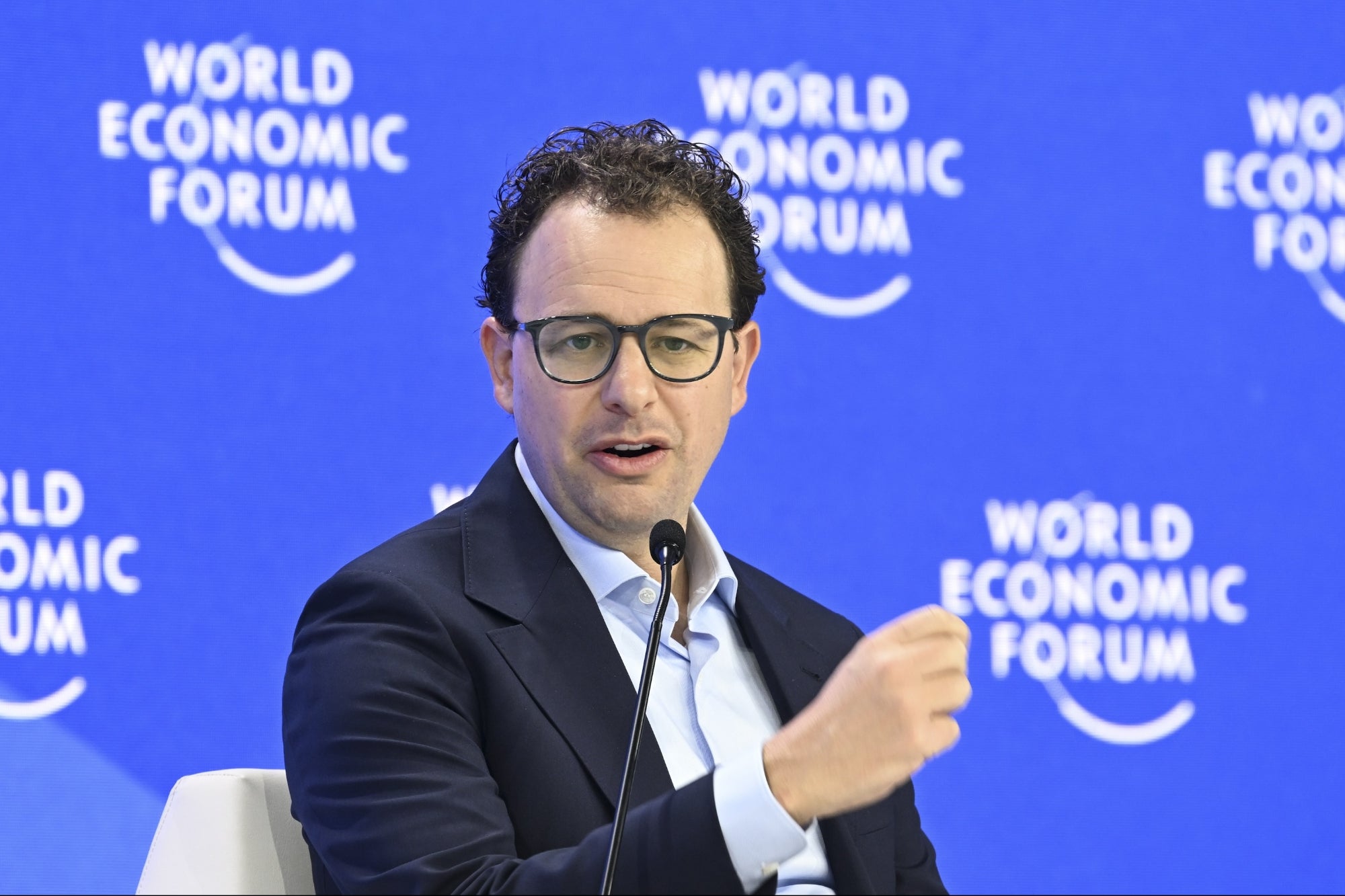Don't Wait for a Breach — Here Are 5 Easy Steps to Fortify Your Cybersecurity Cybercrime could drain over $639 billion from the U.S. in 2025 — and hit $1.82 trillion by 2028. Is your enterprise ready, or is a single careless click all it takes to bring it down?
By Andres Tovar Edited by Maria Bailey
Key Takeaways
- With a focused, proactive strategy, you can strengthen your defenses and respond to cyber attacks faster and more effectively than you might expect.
Opinions expressed by BIZ Experiences contributors are their own.
Cybercrime is projected to cause over $639 billion in losses in the United States in 2025 — and some projections expect those costs to grow as high as $1.82 trillion by 2028.
Needless to say, it has never been more important for enterprises to improve their cybersecurity, particularly as hacking attempts become increasingly sophisticated. Fortunately, cybersecurity solutions are also growing more sophisticated, and implementing them can be surprisingly straightforward.
1. Emphasize employee education
Employee education should always be the first priority for enterprise businesses. Human error is believed to have contributed to 95% of data breaches in 2024. Even more alarming, 80% of incidents were linked to just 8% of staff members. More often than not, these breaches are the result of successful phishing attacks that target careless or inattentive employees.
Enterprises cannot afford to take a "once and done" mindset toward educating employees about cybersecurity risks. Employee education must be persistent and repeated. Many organizations have found success by conducting monthly phishing test emails, which help employees better recognize common phishing attempts while also helping leaders identify those who need additional training.
2. Update cybersecurity requirements for all workers
While providing educational resources is a good first step, enterprises can also reduce their risk for employee-related cyber attacks by making some basic upgrades to their cybersecurity requirements.
Common examples include setting mandatory password rules (such as the inclusion of special numbers and characters) and requiring multi-factor authentication. Multi-factor authentication or systems that don't rely on a password (such as biometrics or push notifications) are generally considered more secure and easier for employees than requiring them to frequently update their passwords.
While requiring a VPN when accessing company resources, particularly for remote or hybrid employees, has long been a standard practice for many, a recent increase in VPN-related attacks indicates that VPNs are no longer the most secure option for enhancing cybersecurity.
3. Incorporate zero trust principles
Adopting a "zero trust" security framework is rapidly becoming the go-to solution for enterprises. Rather than focusing on perimeter security, the zero trust approach requires that all users, devices and applications be verified and authenticated. Users and devices are only ever given the minimum level of access that is required for them to perform their tasks.
Implementing a zero trust framework generally relies on using solutions like SASE (secure access service edge), which merge network and security functions in a cloud-based application to determine access rights and identify threats among dispersed workforces. At the same time, policy management is centralized to ensure all security and access policies are applied consistently and properly.
With a zero trust framework, organizations essentially operate as if a breach has already occurred, using security tools that minimize the scope of a potential attack. This ultimately reduces the risk of successful cyber attacks while limiting damage if a breach occurs.
4. Keep all software and applications up to date
Outdated software is another area where enterprises often allow for unplanned vulnerabilities. In fact, software and application updates are often made specifically to account for newly discovered security vulnerabilities.
With the average enterprise using over 1,000 apps, it can become surprisingly easy for out-of-date software or applications that haven't been updated properly (or are no longer supported by the developer) to go unnoticed and create cybersecurity risks. Such vulnerable systems can go unnoticed for years, allowing for data theft or increasing the risk of a ransomware attack.
To address this common issue, enterprises should ensure that apps and software are set to implement automatic updates. Updates could also be scheduled for times when they won't cause significant downtime. Enterprises should regularly audit the applications they use to identify out-of-support software, as well as areas where apps could be consolidated. Similarly, out-of-date hardware should be replaced as needed to ensure it can continue to receive necessary security updates.
Related: How to Make Sure Your Business Can Handle Cyber Threats
5. Back up your data
Finally, no enterprise cybersecurity plan is complete without a robust system for data backups. The rise of ransomware attacks, which seek to lock enterprises out of devices or files, has made this a necessity. A successful ransomware attack now costs banks an average of $6.08 million.
Data backups can help reduce periods of extended downtime, allowing the enterprise to resume operations quickly, even if access or data are lost. Cloud storage solutions and automated backup tools from SaaS platforms can help create backups consistently, while also using AI tools to monitor for and detect threats.
In addition to cloud-based backups, enterprises may also benefit from using options like external hard drives as an offline backup solution. This adds an extra layer of protection in case of data loss from a cyber attack or other incident.
Develop a stronger cybersecurity profile
Even the easiest-to-implement cybersecurity strategies require time and some level of financial investment. However, taking steps such as improving employee knowledge and training and partnering with the right cybersecurity partners can make a dramatic difference in reducing your organization's risk of a successful cyber attack.
You don't have to become a cybersecurity expert yourself to improve your enterprise cybersecurity. But with a proactive, targeted approach, you can make a difference — and much quicker than you might expect.










